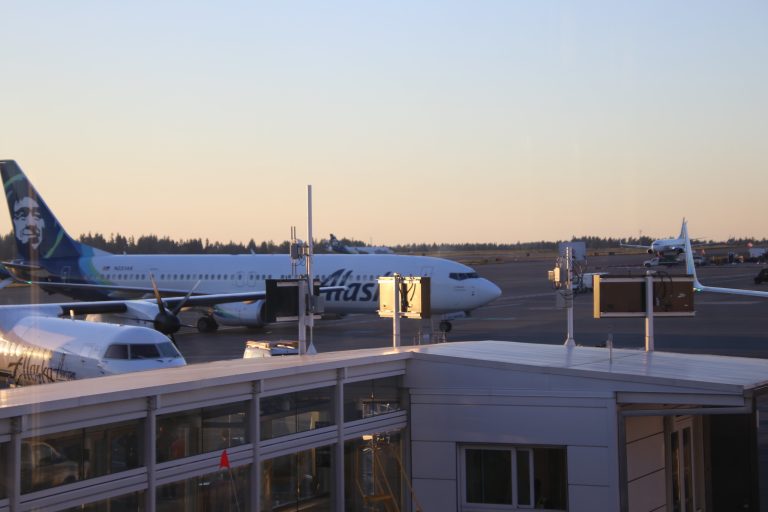Published on February 1, 2022

What started as a University of Washington-led project to measure air pollution near Sea-Tac International Airport has led to schools in the area installing portable air filters to improve indoor air quality.
First, UW researchers found they were able to parse aircraft pollution from roadway pollution in the communities under Sea-Tac International Airport flight paths and map the air quality impacts of the ultrafine particles associated with planes. Then they discovered that the mix of ultrafine particle pollution, black carbon and other pollutants from both sources was infiltrating school buildings in the area.
Alerted that this pollution was getting into schools, community advisors to the study wondered if the UW crew could find a way to remove the pollution and protect children, teachers and workers in those buildings. They were concerned because evidence is emerging that suggests this pollution is bad for everyone’s health, particularly children and older adults. Poor indoor air quality may also lead to poor student performance and increased absenteeism from school.
“It wasn’t clear from the outset of the project that we could measure significant infiltration indoors,” said Elena Austin, assistant professor of environmental and occupational health sciences in the UW School of Public Health. “Not all particles act the same. They don’t behave the same in the brain or in the body, and they also don’t penetrate into buildings through the same routes. However, we did measure significant infiltration.”
“We have to consider outdoor air pollution when we’re thinking about healthy schools, and the answer to addressing outdoor air pollution is twofold: The first is reducing the emissions from their sources, but that is not always possible. So, when that is not possible, effective interventions are critical. This project demonstrates that HEPA filters can be a viable intervention,” Austin said.
The team’s data was so stark that community advisors encouraged school districts to use these filters in their buildings. In response, Austin said, the two school districts the UW team worked with, Federal Way Public Schools and Highline Public Schools, purchased air filters for most of their classrooms to improve indoor air quality and to combat the spread of the virus that causes COVID-19.
Continue reading at UW News.
Originally written by Jake Ellison for UW News.